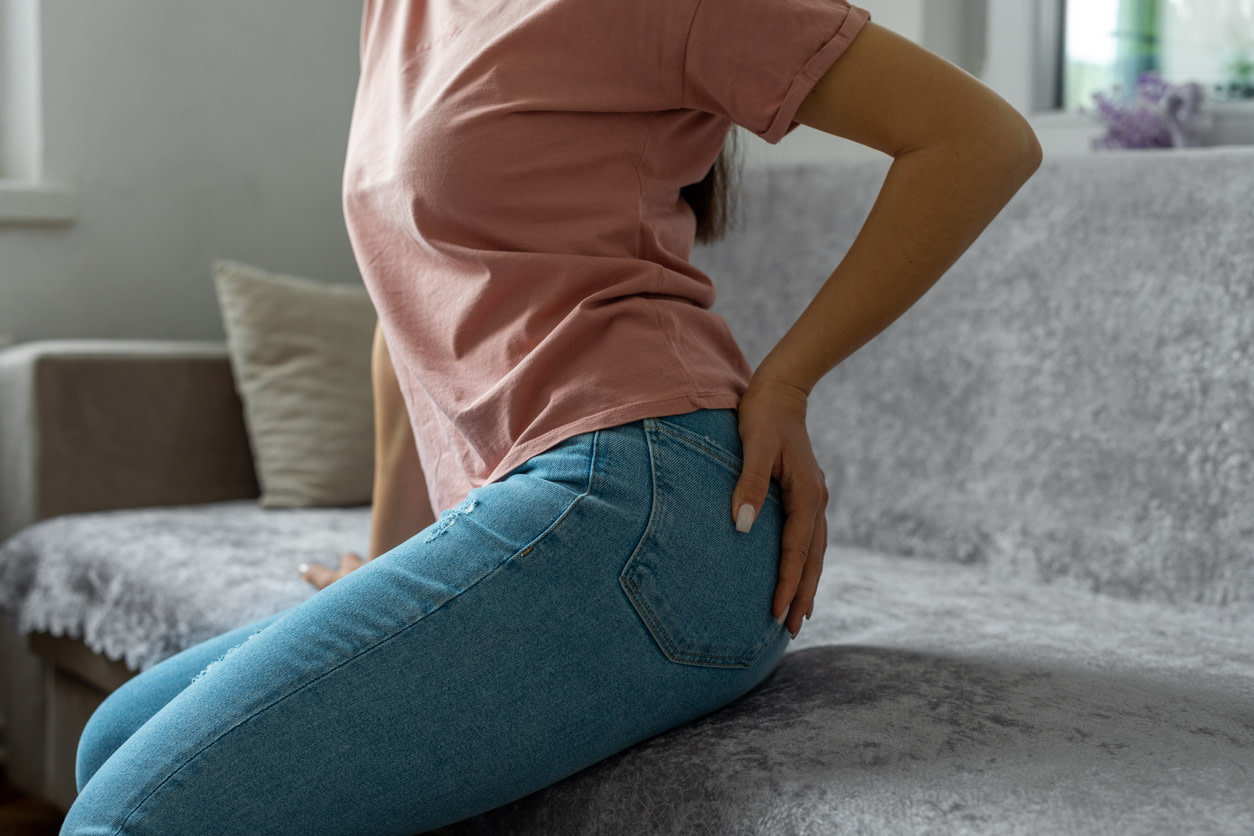How to Treat Gluteus Medius Pain, According to Physical Therapists
Learn what causes gluteus medius pain, common symptoms, and how you can treat it, especially with exercises from physical therapists.
$0 cost to you
Published Date: Jul 18, 2024
Table of Contents
Fully covered leg pain relief
Find relief from leg pain, calf pain, tight quads, & more.
Check if I'm eligiblePT-Recommended Exercises for Gluteus Medius Pain Recovery
Want expert care? Check if you're covered for our free program →- Lateral Wall Push
- Side Plank On Knees
- Side-Lying Leg Raise
- Hip Hikes
- Split Squat
